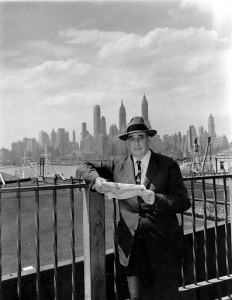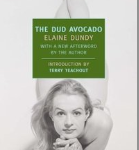Growing up is hard to do and, as Ellen Litman demonstrates in her insightful new novel “Mannequin Girl,” it must have been extremely challenging in the former Soviet Union. The novel starts in 1980 when Kat, an only child who lives with her parents Anechka and Misha, both teachers, is seven and ready to start school. Misha and Anechka are also, dangerously, Jews and sometime dissidents. Each has lost a parent, and Kat’s two surviving grandparents play an important role in her life. Her father’s mother, Zoya Moiseevna, takes care of Kat before she’s old enough to go to school. And her mother’s father Alexander Roshdals, and his second wife, Valentina, have a dacha in the country where Kat spends time in the summers.
Kat expects to start at the school where her parents teach, until a medical exam before she starts school finds that Kat has scoliosis. That means a different school, in which Kat boards six nights a week, with medical and athletic treatments as well as education. The segregation seems strange to an American, but Kat’s Russian family tacks as needed. Kat absorbs the other children, the dorms, the matrons, and learns that even inside the school there’s a hierarchy. All the same, she hopes one day to become a mannequin girl, that is, a model: tall, straight, and of course beautiful.
In the second part, set in 1986, the first winds of perestroika are perceptible even in Kat’s school. Misha and Anechka have become popular teachers there, in charge of the drama club and its annual productions. Kat follows in their wake, but teenage storms occur, and Kat finds that her behavior is far from the ideal she’d planned. Kat struggles to steer her own course. As a penance for some teenage sins, she tutors Mironov, a fellow student whose disability is quite visible and who has always been mean. Though they have some serious fights, they wind up quite friendly. And Kat needs friendliness, for Anechka’s need for drama sends her like a hurricane through quite a few lives.
The final part of the novel takes place in 1988, when Kat and her friends are getting ready to leave school. The army and service in Afghanistan await some, while others will go to college. Jules, Kat and Mironov prepare by going to Alexander and Valentina’s dacha for tea, conversation, and tutoring in English. The larger world comes into their view in another way, as the Roshdals introduce them to a survivor of the Sumgait pogrom. Kat falls in love with another boy, neglects her schoolwork, loses her way, until Litman brings her safe to port in a satisfying ending.
The Moscow background of “Mannequin Girl” provides American readers an interesting look into life in the former Soviet Union. The foreground issue of growing up is surprisingly similar to what a Western teenager might experience. Do you agree? Let us know in the comments.
Have a book you want me to know about? Email me at asbowie AT gmail DOT com. I also blog about metrics at asbowie DOT blogspot DOT com.




